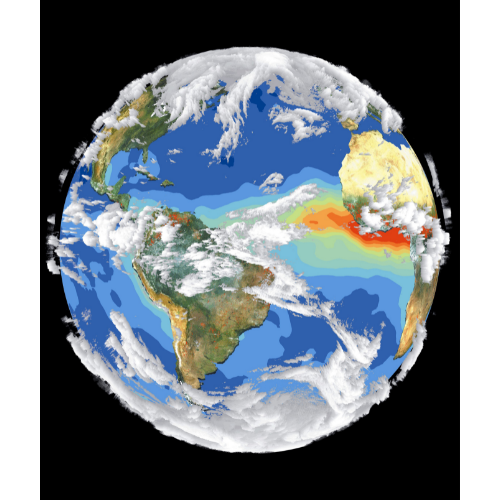
This course provides an introduction to the fundamental principles of Earth Science, with a focus on plate tectonics, minerals, the composition of stars, the causes of seasons, wind waves and tsunamis, and Christian positions on the age of the Earth.
Course Topics:
Plate Tectonics: This topic covers the theory of plate tectonics, including the movement of tectonic plates, types of plate boundaries, and associated geological features like earthquakes, volcanic eruptions, and mountain building.
Minerals: Students will learn about the properties of minerals, including their chemical composition, crystal structure, and physical properties. The course will also cover the different types of minerals and how they form.
Composition of Stars: This topic covers the basic principles of stellar astronomy, including the life cycle of stars, their composition, and how we study them.
What Causes Seasons: Students will learn about the Earth's axial tilt and its relationship to the seasons, including the role of the sun's rays and the Earth's orbital position.
Wind Waves and Tsunamis: This topic covers the physics of wave motion, including the differences between wind waves and tsunamis, how they form, and their effects on coastal environments.
Christian Positions on the Age of the Earth: This topic covers the different perspectives held by Christians on the age of the Earth
Credit
Most of the video instruction for this course has been developed by Dr. Paula Gossard.About the Course Content
The content provided in this OpenLearning course is a partial representation of the complete Cairn Online course. Please note that readings, assessments, additional videos, and projects from the original course have not been included.
Target Audience
- Homeschool students
- High School students
This course requires you create an account first to access it. Press Continue below and then proceed to create a new account. If you already have an account in this system, login and you should be able to enroll.
If you have questions, please contact us using the contact information on the footer area.
